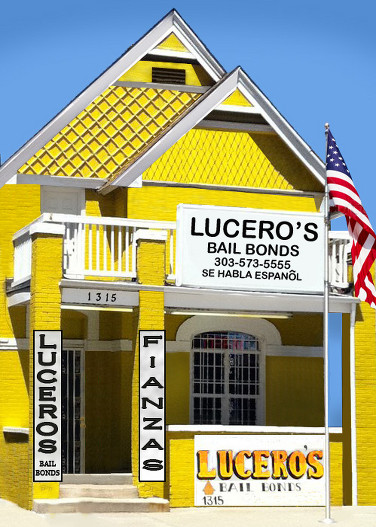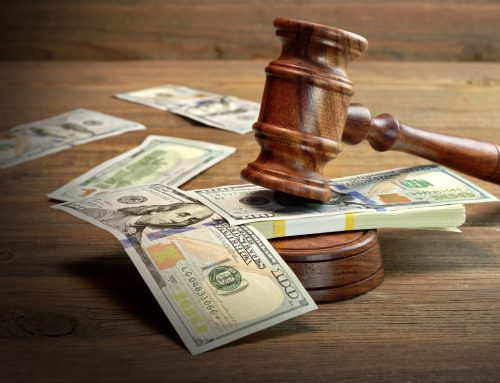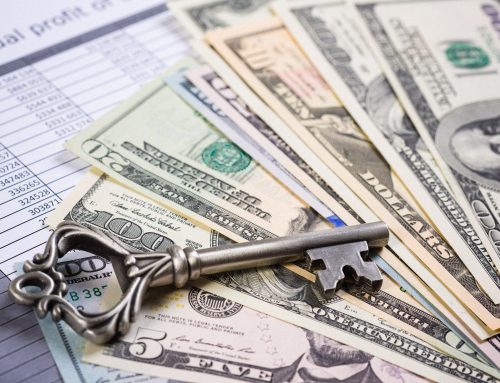
Posting bail is a legal process of paying a specified amount to temporarily release (pretrial release) an arrested individual while awaiting trial.
The Bail Process
Once a person is arrested for an offense or crime, he/she will be booked in a detention facility and will need to attend bail arraignment. Most of the jails in the U.S have a standard bail amount chart for misdemeanor offenses. Therefore, the defendant can post bail right after he/she has been booked in jail.
What are the release options if someone has been arrested?
The most common ways to post bail for someone after an arrest are cash bail, surety bond, property bond, release on Own Recognizance, and release on a citation.
- Cash Bail. It means that the defendant has to pay the full bail amount either in cash, check, or credit card. However, there is a limitation in mobilizing the money when you want to post cash bail since banks are not open 24/7. However, the defendant has the option to use his/her credit card to pay the whole bail amount.
- Surety Bond. It is the most common way to post bail since you only need to pay 10 to 15 percent of the total bail amount. Getting their bail bonds service means agreeing to follow their special bail bond conditions. Hiring a bail bonds agency will make the bail process even faster since most bail bonds companies are open 24/7 and have the resources to post bail on your behalf, even on weekends. It means almost no jail time for the defendant.
- Property Bond. If you have properties inside the court’s jurisdiction, you may use them as collateral to post bail. The court will keep the title of the property until the trial. If the defendant adheres to bail conditions and attends all court proceedings, the property will be returned, whatever the case result may be.
- Release on Own Recognizance. When someone is released from jail on his/her own recognizance, the defendant doesn’t have to pay any bail amount. The defendant only needs to sign documentation stating that he/she will appear in court whenever necessary during the case trial. Some factors determining if someone can be released on their own recognizance are criminal history, general background, and community ties.
- Release on Citation. This involves the issuance of a citation by the arresting officer at the time of the arrest. It means that the offender won’t have to undergo the booking process in the detention facility. Like with the release on own recognizance, the offender can be released without paying the bail amount. Typically, the arrestee who was released on citation is a first time offender with misdemeanor violation only.
What are Bail Conditions?
During the bail hearing, the Judge set the bail conditions together with the bail amount. Bail conditions are designed to reduce the defendant’s chance to commit further violations or offenses while out on bail.
The main objectives of imposing bail conditions are to ensure the defendant’s appearance in court, that no offenses should be committed while out on bail, and to prevent interference with witness and justice.
Here are some of the samples of bail conditions that must be enforced and followed by the defendant while on bail.
- The defendant must not contact, directly or indirectly, a specific person or people like the victim and any children.
- The defendant is not allowed to go to a particular place, for instance, the victim’s place of work, children’s school, or shopping area near the victim’s home.
- The defendant must be living in a named address.
- The defendant has to do regular reporting to a specific police station, with the given date and time.
- The defendant must follow the curfew given by the court.
- The defendant must wear an electronic tag.
Understanding the bail conditions is vital if you are out on bail. There are consequences when the defendant violated these bail conditions, such as the defendant’s re-arrest, bail forfeiture, or in some states, a new criminal offense.
What is Bail Forfeiture?
Bail forfeiture happens when the bail is released to the court without any future repayment. The money or the property that the surety used in exchange for the defendant’s temporary release will be transferred to court. In other words, the bail money will never be returned to the surety again.
There are three main situations wherein bail forfeiture can occur.
- The defendant’s failure to appear in scheduled court proceedings.
- The defendant commits another crime while out on bail.
- The defendant violates at least one of his bail conditions.
Voluntary and involuntary bail forfeiture
There are two situations wherein the bail forfeiture can occur. It’s either voluntary or involuntary. Voluntary bail forfeiture happens when the defendant willingly releases the bail he paid to cover the court costs, legal fees, and fines. Voluntary bail forfeiture is only possible for the payment of penalties and legal fees and not applicable for repaying a victim.
On the other hand, the involuntary bail forfeiture enters if the defendant missed his court dates. There is still a chance to get their bail money back even after failing to show in court. However, there must be a valid reason for that to happen.
What happens after bail forfeiture?
When there is bail forfeiture, the law requires the court to notify the defendant and the surety or the guarantor. The surety or the guarantor has four options after they’ve received the notification.
- To produce the defendant
- To provide an acceptable excuse for the defendant’s absence
- To pay the bond
- To face the possible consequences of failing to do the necessary actions.
Most of the time, the bail is posted by a third-party person like family, friends, or a bail bonds agency. And the last thing these people want to happen is the forfeiture of bail and other consequences of the defendant’s disappearance.
Getting a bail bonds service is the best way to handle this situation since they have enough knowledge and experience if these unfortunate things happen. Call a licensed bail bond agent under Lucero’s Bail Bonds at 303-573-5555.





